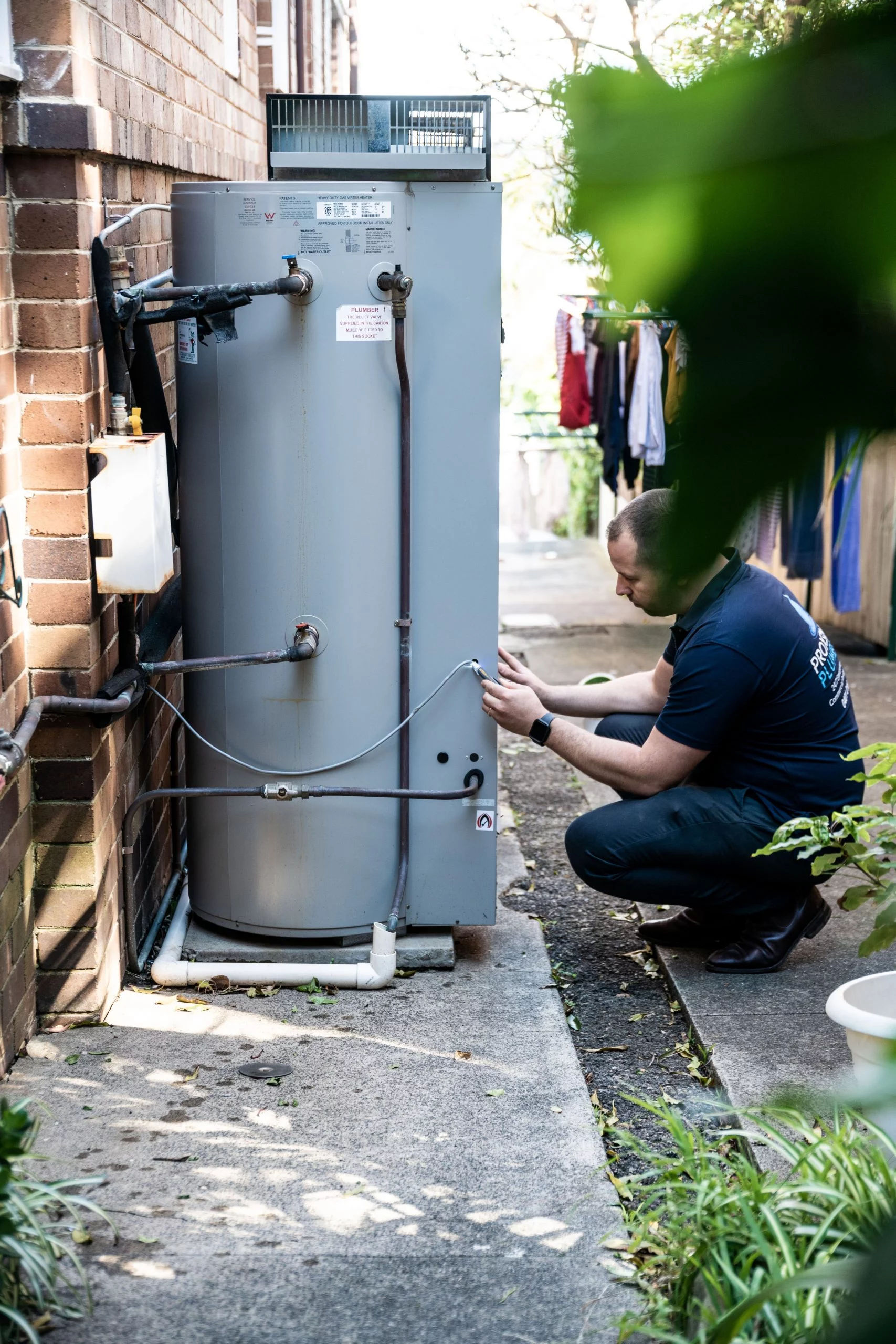Steps on How to Care for Your Home's Hot Water System Effectively
Steps on How to Care for Your Home's Hot Water System Effectively
Blog Article
In this article in the next paragraphs you can get lots of good insight related to How to Maintain Your Water Heater & Prolong its Life.

Hot water is vital for day-to-day comfort, whether it's for a refreshing shower or cleaning recipes. To ensure your hot water system runs effectively and lasts longer, normal maintenance is key. This write-up supplies useful ideas and insights on how to keep your home's hot water system to stay clear of interruptions and costly fixings.
Intro
Preserving your home's warm water system may seem overwhelming, however with a couple of straightforward steps, you can guarantee it operates efficiently for many years to come. This overview covers everything from recognizing your hot water system to do it yourself maintenance pointers and understanding when to call in expert help.
Relevance of Preserving Your Warm Water System
Regular upkeep not just prolongs the life-span of your hot water system yet likewise guarantees it operates effectively. Disregarding maintenance can bring about reduced performance, higher power costs, and even early failing of the system.
Indications Your Warm Water System Requirements Maintenance
Understanding when your warm water system needs interest can protect against significant issues. Watch out for indicators such as inconsistent water temperature, odd sounds from the heating unit, or corroded water.
Understanding Your Hot Water System
Prior to diving right into upkeep tasks, it's valuable to recognize the basic elements of your warm water system. Typically, this includes the water heater itself, pipes, anode poles, and temperature controls.
Monthly Maintenance Tasks
Routine month-to-month checks can aid capture minor problems prior to they intensify.
Purging the Hot Water Heater
Purging your water heater removes sediment accumulation, enhancing performance and lengthening its life.
Monitoring and Changing Anode Rods
Anode poles prevent corrosion inside the storage tank. Checking and changing them when broken is critical.
Inspecting and Adjusting Temperature Settings
Adjusting the temperature level setups ensures optimum performance and safety.
DIY Tips for Maintenance
You can carry out numerous maintenance tasks on your own to keep your hot water system in top condition.
Checking for Leaks
Routinely inspect pipelines and links for leakages, as these can result in water damage and greater expenses.
Evaluating Pressure Relief Valves
Checking the stress safety valve guarantees it works properly and prevents excessive stress buildup.
Protecting Pipes
Protecting warm water pipes lowers heat loss and can save energy.
When to Call an Expert
While DIY maintenance is valuable, some concerns require professional know-how.
Facility Problems Requiring Specialist Assistance
Instances include significant leakages, electrical troubles, or if your water heater is consistently underperforming.
Regular Expert Maintenance Conveniences
Expert upkeep can include comprehensive examinations, tune-ups, and making sure compliance with safety and security requirements.
Conclusion
Normal maintenance of your home's warm water system is important for performance, durability, and cost financial savings. By complying with these tips and understanding when to seek professional help, you can make certain a trustworthy supply of hot water without unforeseen disturbances.
How to Maintain an Instant Hot Water Heater
Before tinkering with your hot water heater, make sure that it’s not powered on. You also have to turn off the main circuit breaker and shut off the main gas line to prevent accidents. Also turn off the water valves connected to your unit to prevent water from flowing into and out of the appliance. 2. When you’re done, you have to detach the purge valves’ caps. These look like the letter “T†and are situated on either side of the water valves. Doing so will release any pressure that has accumulated inside the valves while at the same time avoid hot water from shooting out and burning your skin. 3. When the purge valves’ caps are removed, you have to connect your hosing lines to the valves. Your unit should have come with three hoses but if it didn’t, you can purchase these things from any hardware or home repair shops. You can also get them from retail stores that sell water heating systems. Read the user’s manual and follow it to complete this task properly. When the hosing lines are connected, open the purge port’s valves. 4. You should never use harsh chemical cleaners or solutions when cleaning your unit. Make use of white vinegar instead. It should be undiluted and you’ll probably use about 2 gallons. 5. Now flush your water heater. This task should probably take about 40 minutes. We can’t give you specific directions for this because the procedure is carried out depending on the type, model and brand of your heater. With that being said, refer to the user’s manual. 6. When you’re done draining the unit, you have to turn off the purge port valves again. Remove the hosing lines that you earlier installed on each of the water valves. Put the valve caps (purge port) back in their respective places and be very careful so as not to damage the rubber discs that are found inside these caps. 7. Now that everything’s back in place, check your user’s manual again to find out how to reactivate your water heating system. 8. Once it is working, turn one of your hot water faucets on just to let air pass through the heater’s water supply pipes. Leave the tap on until water flows smoothly out of it. https://www.orrplumbing.com/blog/2014/september/how-to-maintain-an-instant-hot-water-heater/

Do you really like more info about What Kind of Maintenance Do Water Heaters Need?? Create a comment further down. We'd be glad to hear your reactions about this review. In hopes to see you back again before long. Sharing is good. Helping others is fun. Thank you so much for your time invested reading it.
Call Today Report this page